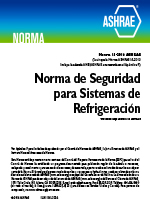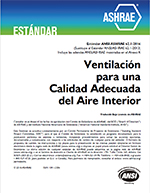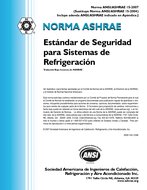Description
With the outbreak of COVID19, the engineers are urged to investigate efficient ways to improve the resilience of buildings’ heating, ventilation, and air-conditioning (HVAC) systems to transmission of pathogens and other contaminants. HVAC systems are designed to provide thermal comfort and acceptable indoor air quality for building occupants; however, their traditional design may inadvertently aid in the spread of contaminants and transmission of contagious diseases. Increased ventilation rates and higher efficacy filtration improves indoor air quality. However, this does not mitigate the transmission of pathogens within a space.
Filtered and conditioned supply air from diffusers in a conventional variable air volume system (VAV) are designed to entrain potentially contaminated air from the space and provide proper mixing of air in the room for even temperature control. This often creates a turbulent air flow pattern, at least in parts of the room, that facilitates the transportation of air from different parts of the room to occupants’ breathing zone. This practice seems incompatible with a best practice health protection in buildings. With increasing open offices and occupant densities around the world, the likelihood of possible transmission paths is also increasing. Air distribution systems should prevent cross contamination within a space and minimize the number of contaminants in occupants’ breathing zone. Replacing traditional turbulent flow pattern with laminar flow and selecting the appropriate outdoor or supply air distribution pattern can effectively reduce cross-contamination indoors.
In this study, multiple diffuser distribution layouts for dedicated outdoor air system (DOAS) systems coupled with radiant heating and cooling systems in an open office are analyzed and the results are compared. The advantages of DOAS systems coupled with radiant heating and cooling systems are enabling the implementation of laminar flow patterns and reducing air mixing in the space. The main purpose of this study is to investigate how a laminar flow from DOAS can be effectively supplied to the indoor space to minimize cross-contamination in the room and specifically in occupants’ breathing zone. Horizontal (downward and upward) and vertical flow patterns are studies using Computational Fluid Dynamic (CFD) analysis and ANSYS Fluent 2020 R1. Different particles’ flow patterns around occupants from each layout are demonstrated. Based on the results, the study recommends the most effective air diffuser layout in on open office building among all investigated cases.
Citation: 2021 Virtual Conference Papers
Product Details
- Published:
- 2021
- Number of Pages:
- 9
- Units of Measure:
- Dual
- File Size:
- 1 file , 1.8 MB
- Product Code(s):
- D-VC-21-C026




